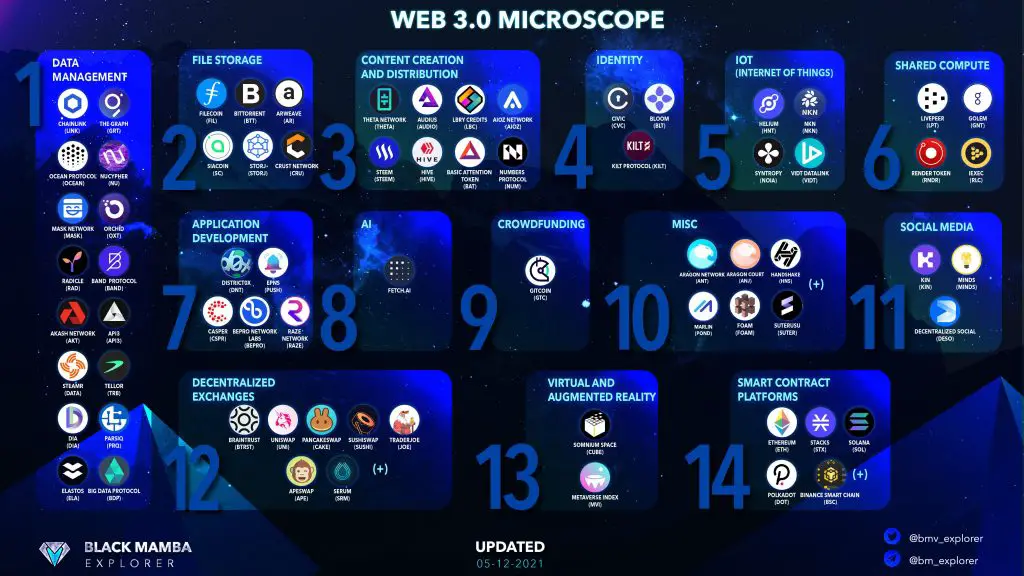There has been three distinct World Wide Web phases so far in its evolution.
Web 1.0 was the first stage of the World Wide Web’s evolution that lasted from approximately 1991 to 2004. The first phase had fewer content creators than later phases. Most users on the early internet were simply consumers of website content, and bloggers, or eCommerce shoppers. Most interactions were limited to comment sections and message boards. There were personal web pages but they consisted mostly of pages created once with little if any changes as they were for informational purposes only not interaction. Web 1.0 was the informational age of the internet as a new form of posting to a wide audience. It also created the ability to buy online from a larger sample size of sellers. Email and instant messaging was the primary form of one on one communication on the early internet. Web 1.0 was the informational consumer and one on one communication age of the internet.
During the evolution to Web 2.0 between 2004 to today, all internet users began having their own social network profiles that started with MySpace and exploded in popularity with Facebook and Twitter along with others. Personal blogs became popular starting with sites like Blogger and Tumblr then bloggers began to create their own websites that they owned. YouTube gave their content creators a popular platform to reach the world through videos and be monetized. Podcasts gave creators the ability to create their own audio platforms to speak to the world.
Web 2.0 was the beginning of the two-way communication between creators and consumers of that content in different types of media. Everyone could create their own platform for communicating with the world and it became a two-way conversation. This was the rise of platforms like Facebook, Twitter, YouTube, Google, Amazon, Etsy, Apple iTunes and others that gave users a place to share where they could be found by a large audience.[1] Web 2.0 was the age of big tech platforms using the data it collected about us to use algorithms to give us the content we wanted to keep us on their platform for as long as possible to show us ads. These platforms also gave us access to a world audience to share our products, ideas, and content.
Web 3.0 was coined by Ethereum co-founder and Polkadot creator Gavin Wood in 2014.[2] Web 3.0 is the beginning of the evolution away from being the informational product of big tech to owning your own ecosystem online. Blockchain technology platforms are the primary place where Web 3.0 is being built where content can be monetized but can’t be censored or removed. One tool that is being used is a DAO, or “Decentralized Autonomous Organization.” This is a community-led entity that has no central authority. A DAO is a fully autonomous and transparent that uses smart contracts that lay the foundational rules, execute the agreed upon parameters, along with proposals, voting, and the code itself can be publicly audited that is used in the DAO.[2]
In Web 3.0 your digital identity is not connected to your online identity as blockchains are public the wallets used on them for transactions are not linked to a personal identity which stops the ability to track your personal online actions by algorithms. Non-fungible tokens (NFTs) opens the potential for selling unique digital products to customers. Cryptocurrencies returns value and monetary policy to owners of the currency and removes power from Central Banks. DeFi opens up the world of finance to everyone with replacement product alternatives to the monopolies that investment banks currently hold. The Metaverse is the final goal of Web 3.0 as a decentralized online digital reality that has all the elements of the real world. Web 3.0 is the process of the decentralization of the World Wide Web and the removal of the final gate keepers on big tech platforms.
We are at the tipping point of a new phase in the web’s evolution: Web 3.0.
Be early pioneers and take a deep dive into Web 3.0 categories: Data Management, File Storage, Content Creation and Distribution, IoT (Internet of things), Social Media and so on. #bmvanalytics pic.twitter.com/U6s174ipzC
— Black Mamba Explorer (@bmv_explorer) December 5, 2021
